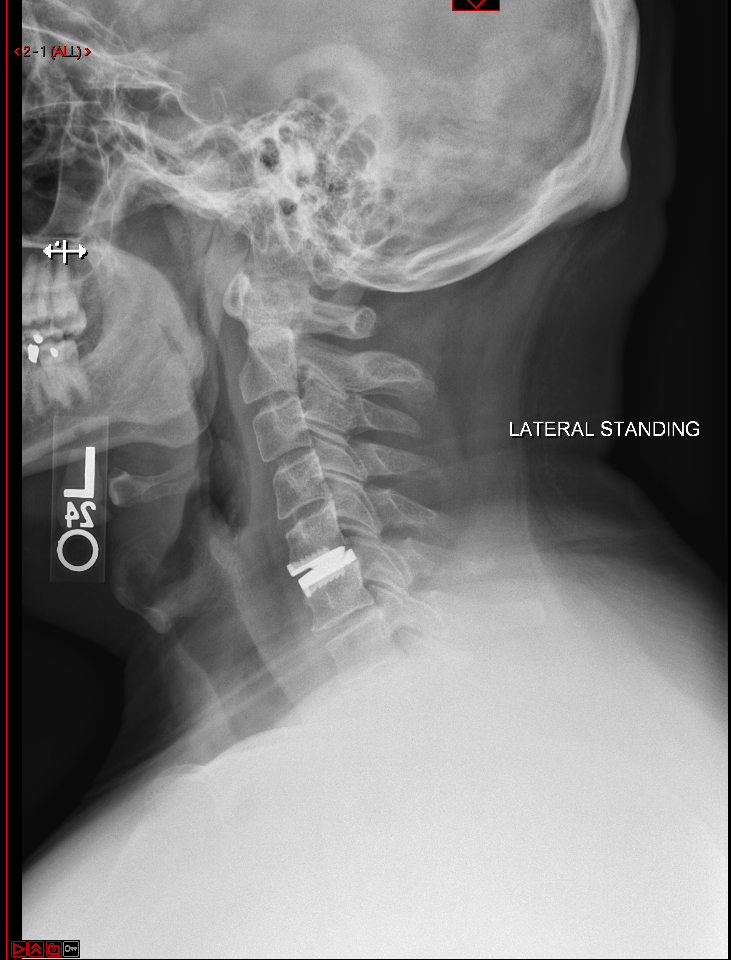
Since the 1950s, anterior cervical discectomy and fusion (ACDF) has been the treatment of choice for herniated discs and degenerative disc diseases when nonsurgical treatments fail. Within the last decade, however, cervical disc replacement has gained traction as an alternative for some patients. “At UVA, we offer both alternatives,” says Xudong Joshua Li, MD, PhD, a spine surgeon at the University of Virginia Health System. “Our goal is to be able to offer the right surgery for the right patient. “
Spine Fusion
ACDF has its advantages. It strengthens and stabilizes the spine while providing patients with significant relief from pain and numbness — and it has seen significant refinements over its long history. New graft materials have been developed, screws strengthened and plating thinned. An added benefit of ACDF is that it is a relatively straightforward operation with a long-term record of success.
But that doesn’t mean that ACDF is without its drawbacks. Depending on the number of vertebrae fused, patients can lose range of motion in the neck. When surgeons fuse C5, C6 and C7 vertebrae, this loss can reach 14 degrees of rotation. The stress on the adjacent vertebrae can also cause disc degeneration, and patients must wear a cervical collar for about six weeks while they heal post-procedure.
Disc Replacement
By contrast, cervical disc replacement preserves range of motion, and it is also less likely to cause adjacent segment degeneration. There is no need for a cervical collar during recuperation, and patients can return to their routine quickly. Although relatively new in the United States, this procedure has been performed in Europe for more than 20 years.
Cervical disc replacement is not the right choice for every person, however. “To ensure success, we screen patients extremely carefully, making absolutely sure that they are appropriate candidates for the operation,” Li says. For instance, Li rules out patients with severe congenital spinal stenosis, facet joint arthrosis and ossification of the posterior longitudinal ligament, among other conditions.
Furthermore, disc replacement is also technically challenging. The disc must be completely removed, bone spurs eliminated and the artificial disc placed exactly. It is a procedure that requires extensive training, which Li received during a spine surgery fellowship with Daniel Riew, MD, one of the world’s foremost authorities on cervical disc replacement.
Li is also an expert on the dynamics of disc degeneration. His research earned him one of the most prestigious awards in orthopedics — the Kappa Delta Young Investigator Award from the American Academy of Orthopaedic Surgeons. Over the last 10 years, Li’s research on the causes of disc degeneration and treatment options has attracted more than $5 million in funding.
Communication Is Essential
Regardless of whether a patient undergoes ACDF or disc replacement, Li places a premium on open and responsive communication between his team, his patients and their physicians, both before and after the procedure. “I give patients and physicians my cellphone number so that they can contact me at any time,” he says. “I also follow up immediately after the procedure. In my view, successful surgery is a team effort.”